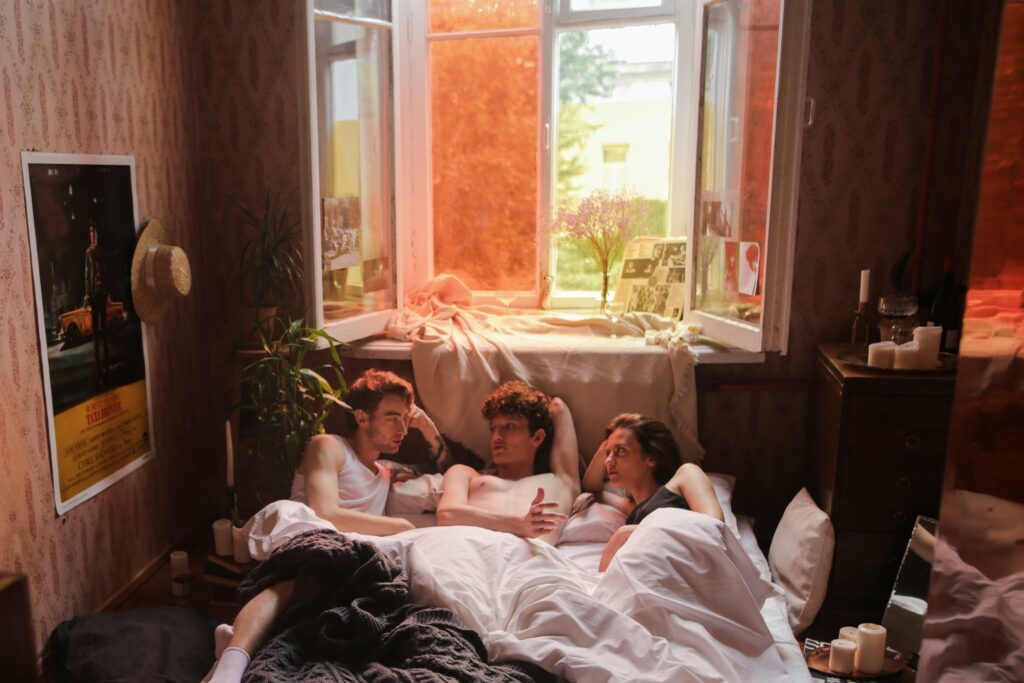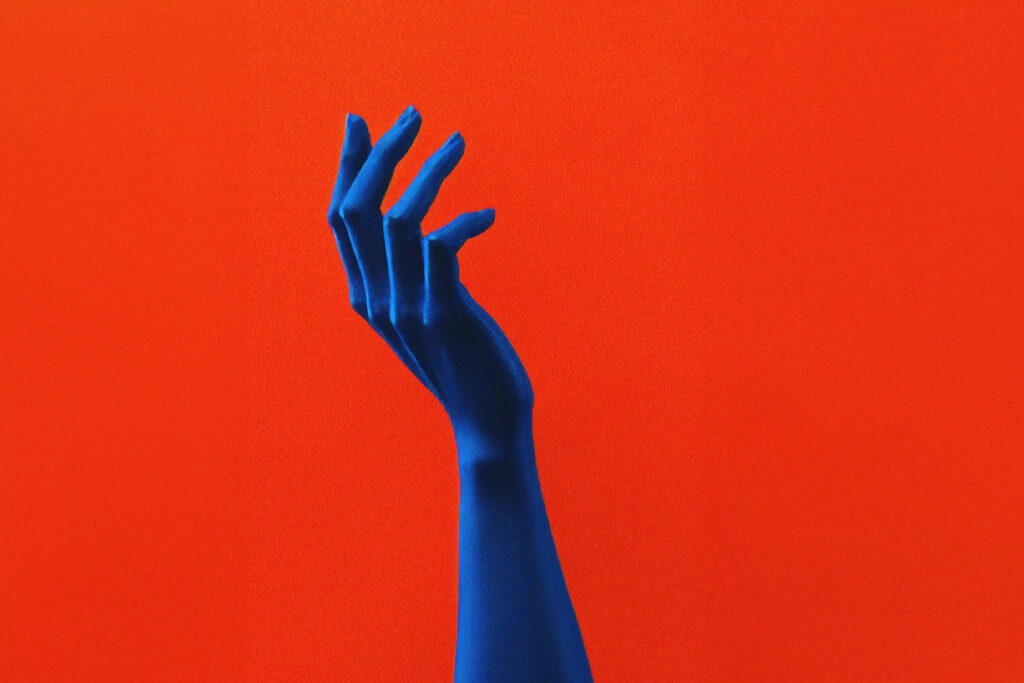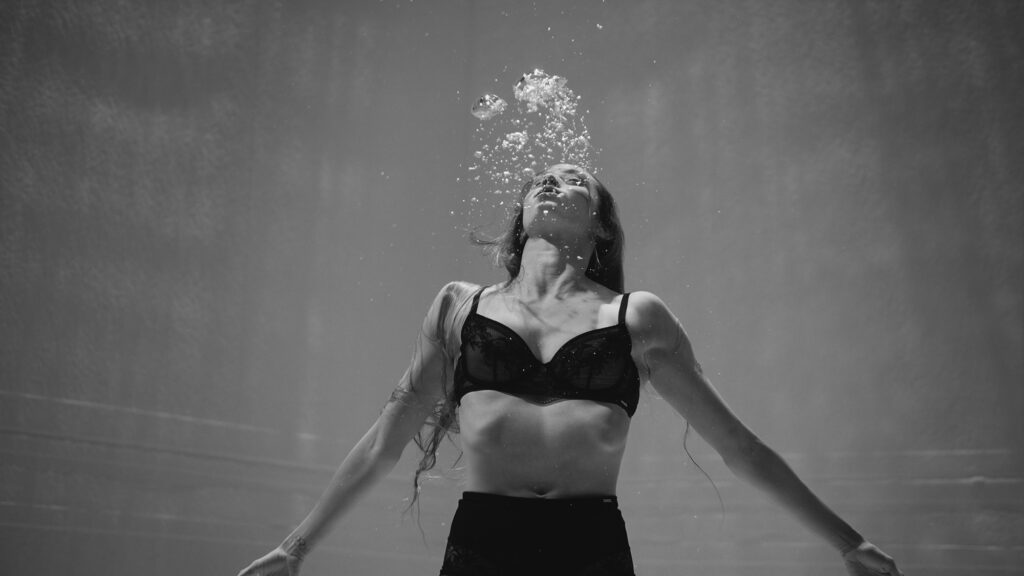
There will be a time when, looking back at protests in Portland, someone will realise that – in that right moment – a new turn in history of black people was kicking off. What has been rising is the voice of outcasts and of every people of colour sitting on the ‘wrong’ side of society, called to the civil disobedience against racial inequality. It has been also a call for white people, to finally take a position, bringing forward political awareness and changes. If the resistance has always been living, it is true that just now the world is heading. So, in the heart of the Black Lives Matter eruption, where the city itself is a revolutionary canvas with its own powerful narrative, street artists have seen the chance to tell a story.

Salomée, AKA Chroma, was there as a local part Algerian, part Peruvian immigrant and woman artist, contributing “to this living and breathing vigil”. During the march, she grabbed whatever she could find around her to paint a mural. Her creation wasn’t legal, but her art had never been more meaningful. It was a living process, different by any commissioned work. As she said, “There is a lot of energy around the protests, you have to work with the people around you and what feels right at the time”. It was an engaging, rebellious creation, painted during the storm of the march. An art fed by the energy of the community. Damaged walls became a shared, educational space in which people, protesters, artists, and the city itself flowed into a synergy, prompting rooms for changes. “It was a safe space for revolutionary art”, in its chaotic and powerful claim. “It is more than a mural or a painting, each space is a deep story, a struggle, a history, a celebration, a fight”.
Her live mural, created in Pioneer Square, is just a scrap of her wider protest art. Carrying the history of her ancestors’ resilience and resistance, Chroma has pursued social justice through any available channel or surface. “With street art we are able to work with empathy, make people feel something and this can be good or bad. To evoke a reaction is all that is needed, to provoke. Expression is a weapon for change: we can make others question their actions or thoughts […] We create culture, we are the culture”. Despite she has been often labelled activist, in her vision she is just doing what is expected from any artist: to break the silence and ‘make it impossible for people to move on’. She elevates voices and stories, fighting for rights and justice. And she does it LOUD!

Unafraid and unapologetic, her visual style is all about taking up space: a studied combination of powerful, functional messages and bold colours, impossible to be ignored. Undoubtedly, Black Lives Matter protests have marked a turn in Salomée artistic and political consciousness: “I was fuelled by the energy and power of the people as I got to paint during this revolution. This is where it all started. From then on I started wheat-pasting all around town”. Down on the Portland streets, her wheat-pasting murals scream with no fear; the game of bold and formal fonts marks the line between effective information and impactful provocation. Along this path, the recent U.S. voting campaign has been a further protest art chapter: Chroma’s installations, printed flags, and murals, asserted power to the people and their vote, to subvert white supremacism and injustices of Trump’s administration.

On the wave of Black Lives Matter – so Black Future Matter – Salomée has dedicated herself to Portland community murals. Expression Against Oppression is a collaborative project that meets other local BIPOC artists to make the message heard everywhere. Through crowdfunding, they were able to take over a side of Pioneer Place, where everything started, and make living stories out of the wall. “These murals are their own form of protest. They are the stories and experiences of Black and Brown creatives in Portland. They reflect suffering and trauma, but also the celebration of being a person of colour in America and the beauty, strength, and magic within that”.
But Chroma fights go far beyond racial inequality. “I am a multi-layered woman that wants to do everything and be everywhere. I say that you can see my multiple personalities when looking at the work I do”. The breathing experience as a part Algerian, part Peruvian, non-binary woman and fighter in a white, patriarchal society has become Chroma’s signature. Her murals portray women of colour from any culture, bold and bright, unveiling their power and their right to be there and to scream it in people’s faces.

It is not just a game, it is not just a trend, nor a movement. What we are witnessing is a revolution, and it is running through street art. “I think free public art is crucial and it is the future for younger generations”, an inherent subversion of “what has been privatized and coveted by an elite group of control and curation for so long in the art world”. The truth is, while elitist art privatisation and gentrification phenomena have undermined the street art, the Black Lives Movement has been elevating the work of urban artists. This work is a rising voice from the community, to make all people question themselves and their actions. Street art today cannot be otherwise but a radical, direct, and accessible way to educate through empathy, to share conversations, stories, and be a part of the history we are living.
This is the youth taking charge of their future and their spaces, claiming their roots and identities: ‘We are coming for everything our ancestors were denied’.
Written by Nicole Di Sandro, copywriter at The Next Cartel.















